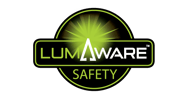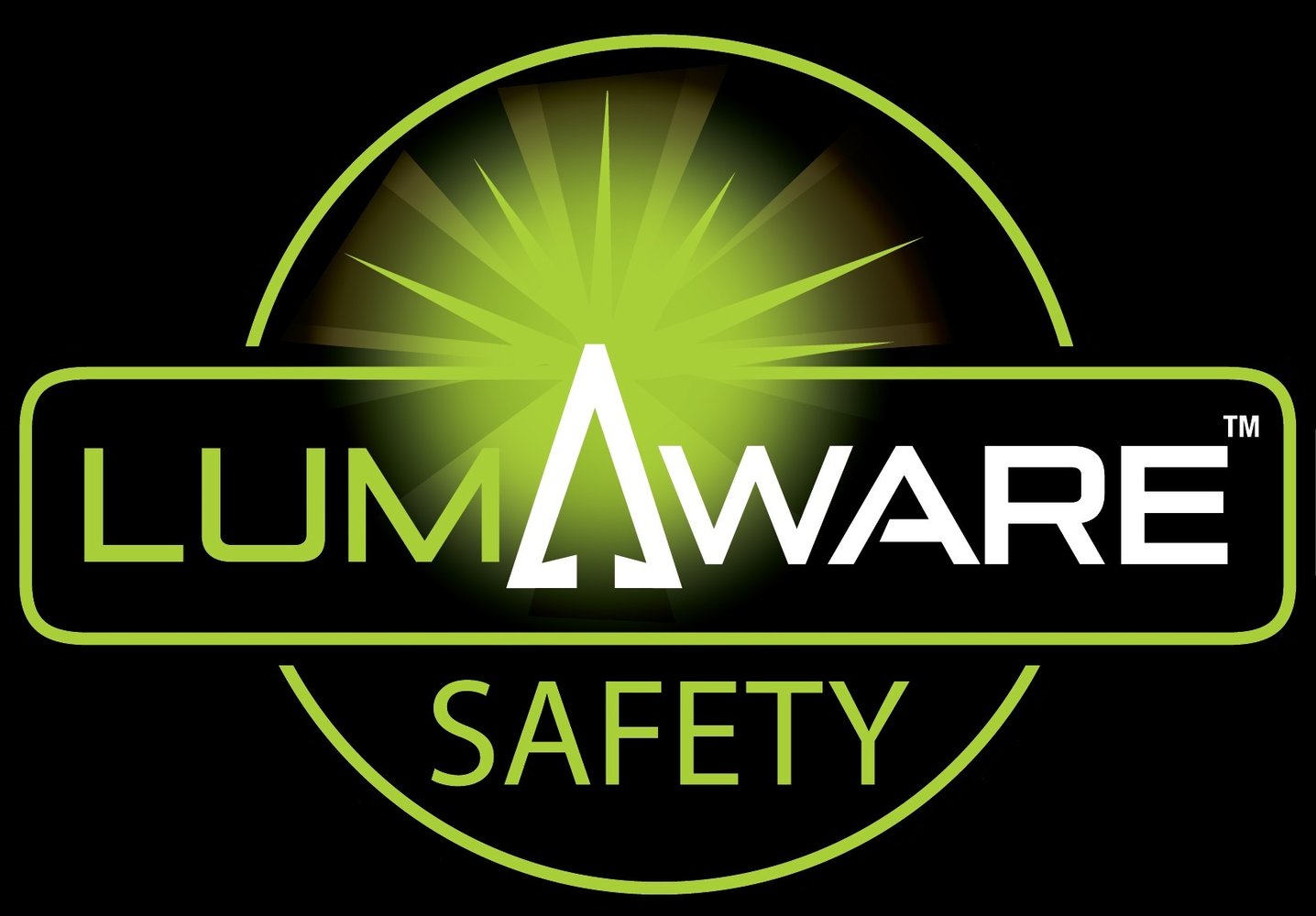TYPES OF EXIT SIGNS
There are over 100 million exit signs in the United States. You'll find them above nearly every door you walk through, shining steadily. Here we will cover the various types of exit signs you're likely to see.
Old incandescent bulbs
Believe it or not, Old incandescent bulbs are still available and in use. But the problem with incandescence is that they use a lot of electricity.
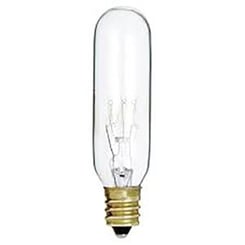
On average, the old incandescent light bulb in an exit sign will use up to 350-kilowatt hours per year, which equates to about $28 of electric charge per exit sign. If you've got hundreds of exit signs you can see how that can be a problem. In addition to that, that electrical offset is generating 574 pounds of carbon dioxide. So if you have a large factory or corporation, you make use old incandescent exit signs, think about all that carbon dioxide that's polluting the environment.
Another disadvantage of using incandescent light bulbs is they only last for about 2.8 months on average. That means you'll need to replace those bulbs constantly.
As well, these old incandescent bulbs will eventually end up in a landfill - that means more waste.
Compact fluorescent light bulbs
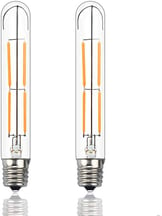
Compact fluorescent light bulbs are a new type of technology, and they are easily available. One advantage of compact fluorescent light bulbs is that they only use about 140 kWh of energy per year, and that's equivalent to about 230 pounds of carbon dioxide. That still a lot of carbon dioxide, and these compact fluorescent light bulbs can cost you about $11 per year. And the average lifespan of a compact fluorescent light bulb is about 10.8 months.
LED technology
LED technology uses less energy, and it drops all the way down to 44KWh per year. That's a minimal amount that cost between $4 and $8 of electrical charge a year and only emits about 72 pounds of carbon dioxide. However, it's still electric, and it's still burning up the electricity. And those light bulbs eventually do make their way into landfills. So it's not a zero-waste landfill type of product .
.
One advantage of LED's is that they last longer than compact fluorescent incandescence. But the challenge with LED lighting technology is that they're left on 24 hours a day, 365 days a year. As a result, they tend to get hot, which makes the LED efficiency to depreciate over time. LED light bulbs will tend to fade over time, usually after about two or three years, if you're lucky. If this happens, an LED exit sign will not generate enough light to pass the fire code tests.
Radio luminescent technology
Although this technology is rare, it is still available. It uses a nuclear gas called tritium or radium actually to glow in the dark when the power goes off. The benefit of this technology is that it can be used in complete darkness since it doesn't need an external light source. However, the problem is in its nuclear material.
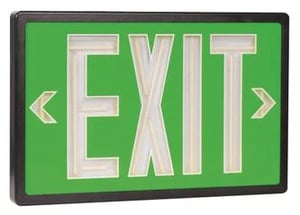 If one of those signs cracks or has a broken chip, you'll need to spend about $100,000 to clean up. Also, any type of inventory that you may have out there would need to be destroyed. So the risks and the dangers of those radio luminescent tritium exit sign is pretty significant. Tritium exit signs usually only last for about 10 years.
If one of those signs cracks or has a broken chip, you'll need to spend about $100,000 to clean up. Also, any type of inventory that you may have out there would need to be destroyed. So the risks and the dangers of those radio luminescent tritium exit sign is pretty significant. Tritium exit signs usually only last for about 10 years.

So if you happen to have them in your facility, make sure you check out the testing date on it because after that ten year period, they will no longer work.
There's a better type of technology that beats all these other four technologies, and that is photoluminescent technology.
Advance Photoluminescent Technology by LumAware does not need batteries, light bulbs, or electricity. Also, they don't need to be tested, and they use a safe glow in the dark material. With LumAware, your signs can last up to 25 years, even though they have a life expectancy.
-🔋 No batteries
-💡 No light bulbs
-♻️ Are sustainable
-🔌 No electricity
-👨🔧 No monthly testing or maintenance
What's more?
They save you a lot of money, and they are great for the environment. Our products are not only made in America by a company that started as a firefighter; all these materials are made by the Cincinnati Association for the blind and visually impaired.
